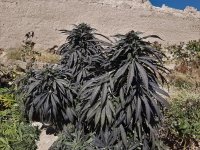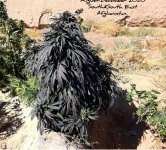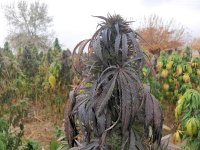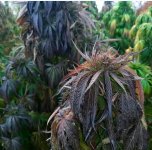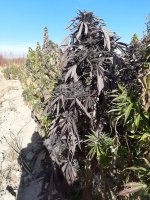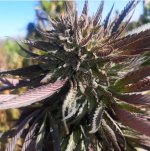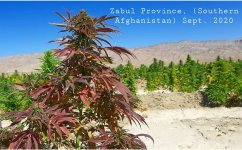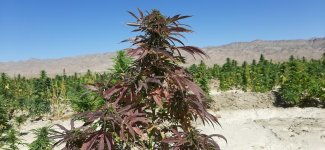Would be nice to have a ruderalis that is potent from the beginning and close to the indian spectrum of cannabinoids/terps!
Please no.
Would be nice to have a ruderalis that is potent from the beginning and close to the indian spectrum of cannabinoids/terps!
 . The plant looks and smells different but i will test it anyway.
. The plant looks and smells different but i will test it anyway.
